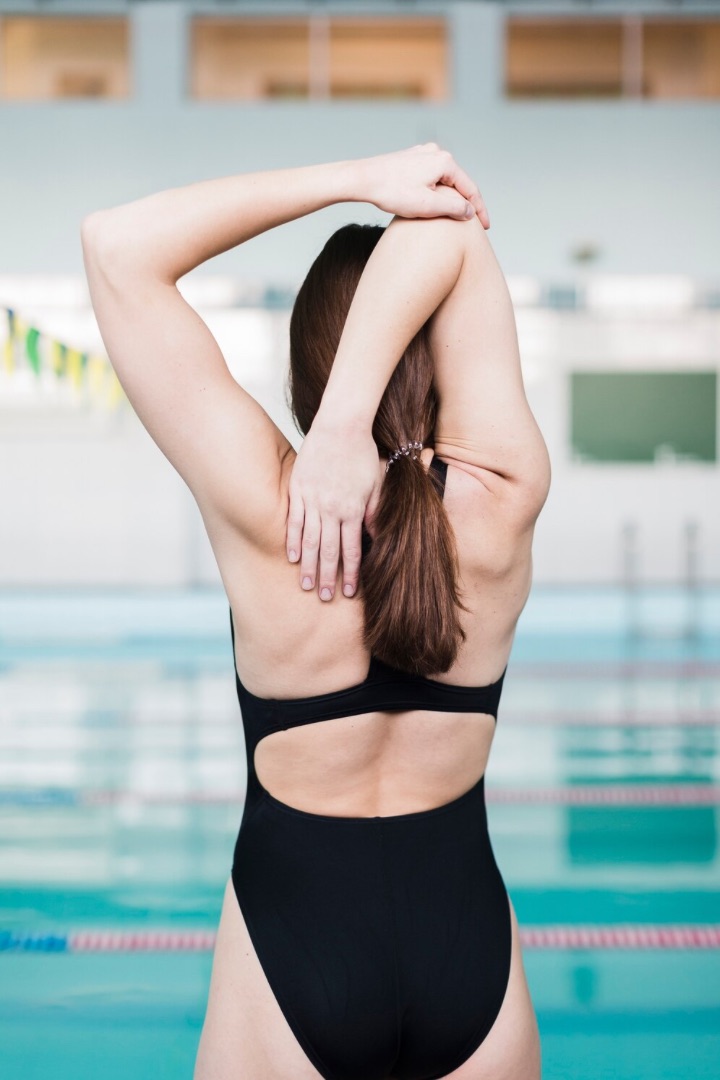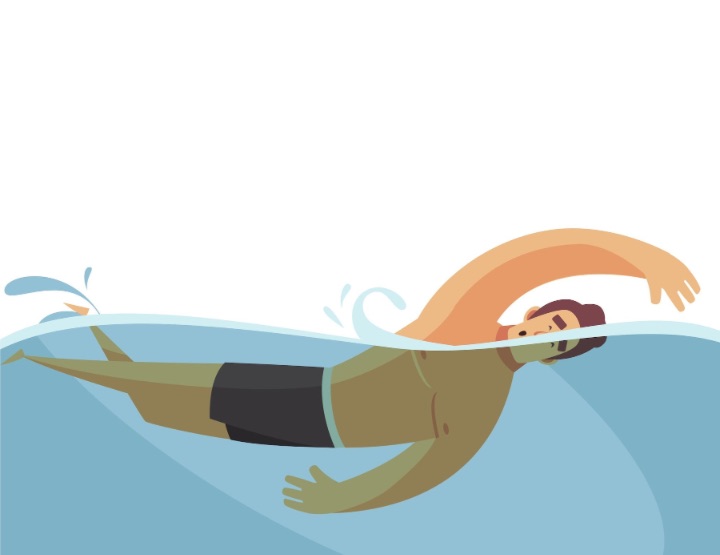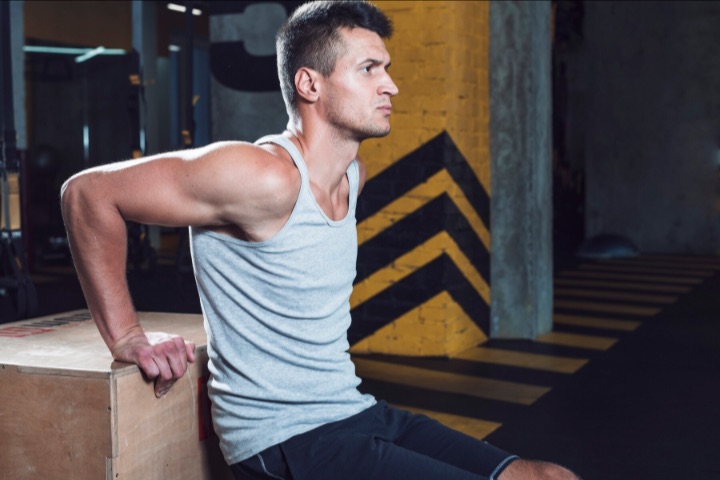Swimmer’s Shoulder is a common overuse shoulder injury that affects many athletes. It is a type of swimming-related shoulder pain that can cause discomfort and limit the range of motion in the shoulder joint. This section will provide a comprehensive overview of a swimmer’s shoulder, including its symptoms, causes and treatment options.
Swimmer’s Shoulder can be caused by repetitive motion, poorly executed swimming strokes, inadequate shoulder strength or flexibility, and other factors that stress the shoulder joint. The symptoms of a swimmer’s shoulder typically include shoulder pain, limited range of motion, and weakness in the shoulder area.
To prevent the onset of this condition, it is important to practice proper technique, engage in shoulder-strengthening exercises, and provide adequate rest and recovery time for the shoulder joint. In the next sections, we will discuss these preventive measures in more detail and answer frequently asked questions about swimmer’s shoulder.
Swimmer’s shoulder is a common overuse shoulder injury that affects swimmers. This condition is also known as swimming-related shoulder pain, and it can be caused by repetitive motion, inadequate shoulder strength or flexibility, and poor swimming technique.
This condition is classified as an overuse injury because it occurs gradually over time, rather than as a result of a sudden impact or trauma. The repetitive motion of swimming can cause small tears in the muscles or tendons of the shoulder, leading to inflammation, pain, and limited range of motion.

Photo Credit: Freepik
Swimmer’s shoulder is a condition in which the muscles and tendons of the shoulder are damaged due to overuse, causing pain, weakness, and restricted movement.
This condition can affect swimmers of all ages and skill levels, and it can be a frustrating injury that hinders swimming performance and enjoyment. Understanding the causes and symptoms of a swimmer’s shoulder is important to prevent and treat this condition effectively.
Swimmer’s shoulder is a common overuse shoulder injury that affects many swimmers. It is characterised by pain and discomfort in the shoulder area, which can limit one’s range of motion and ability to perform swimming strokes.
Some of the most common symptoms of swimmer’s shoulder include:
In some cases, swimmers may also experience a clicking or popping sensation in their shoulder joint when they move their arm.
It is important to note that the severity of a swimmer’s shoulder symptoms can vary depending on the individual and the extent of the injury. Some swimmers may experience mild discomfort, while others may have more severe pain and limitations in their shoulder movement.

Photo Credit: macrovector
Swimmer’s shoulder is a common overuse injury in swimmers of all levels. The repetitive motion of swimming, combined with inadequate shoulder strength or flexibility, can lead to pain and discomfort in the shoulder. Below are some of the common causes of swimmer’s shoulder:
Identifying the underlying cause is important to treat and prevent the injury effectively. If left untreated, the swimmer’s shoulder can lead to chronic pain and limitations in range of motion.
Swimmer’s shoulder can be treated with a range of strategies, including exercises, stretches, rest, and preventive measures. Here are some effective treatment options that can help alleviate shoulder pain for swimmers:
Exercises that strengthen the muscles around the shoulder can help prevent the swimmer’s shoulder and alleviate pain. Some useful exercises include wall push-ups, shoulder rotations, and scapula squeezes. These exercises help improve the shoulder joint’s flexibility, mobility, and strength, reducing the risk of injury.
Stretching the shoulder muscles before and after swimming can help prevent shoulder pain. Some effective stretches include cross-body arm swings, back scratchers, and overhead triceps stretches. These stretches help to increase flexibility and alleviate tension in the shoulder muscles, reducing the risk of injury.
Resting the shoulder is crucial for healing and preventing further injury. Swimmers should avoid swimming or any other activities that cause pain in the shoulder. It’s important to rest until the pain subsides, and then gradually return to swimming or other activities.

Photo Credit: Freepik
Swimmers can take steps to prevent swimmer’s shoulder by addressing the underlying causes of the injury. These measures include using proper technique, avoiding overtraining, and ensuring adequate rest. Swimmers should also focus on building strength and flexibility in their shoulders to avoid injury.
By following these preventive measures, swimmers can reduce the risk of the swimmer’s shoulder and swim pain-free.
Recovering from a swimmer’s shoulder can take time and patience. While it may be tempting to jump back into swimming immediately, focusing on rehabilitation and gradually easing back into your routine is important.
Rest is a crucial component of the recovery process. You may need to take a break from swimming for several weeks or even months to allow your shoulder to heal properly. During this time, your doctor or physical therapist may recommend exercises to strengthen your shoulder and improve your range of motion.
Physical therapy can also be an effective way to rehabilitate your shoulder. Your therapist may use a combination of exercises, massage, and other techniques to reduce pain and stiffness while improving your shoulder’s function. They may also recommend modifications to your swimming technique or training routine to prevent future injuries.
As you begin to feel better, diving back into swimming at your previous level of intensity can be tempting. However, it is important to take a cautious approach to prevent re-injury. Start by gradually increasing the duration and intensity of your swimming sessions, and avoid any movements that cause pain or discomfort.
Your physical therapist may also recommend specific exercises or stretches to perform before and after swimming to warm up your shoulder and improve its flexibility. This can help reduce your risk of developing a swimmer’s shoulder again.

Photo Credit: Freepik
A swimmer’s shoulder can be a debilitating injury that can significantly impact a swimmer’s performance and overall health. While treatment is available, prevention is always the best approach. Here are some tips and strategies for preventing swimmer’s shoulder:
By following these tips and strategies, swimmers can significantly reduce their risk of developing a swimmer’s shoulder. It is important to listen to the body and seek medical attention if any shoulder pain or discomfort is experienced. With proper prevention and management, swimmers can continue to enjoy the sport they love without worrying about the swimmer’s shoulder.
This condition can be a painful and frustrating condition for athletes, but several treatment options are available. The best treatment approach will depend on the severity of the injury, the individual’s activity level, and overall health.
Exercises may be recommended depending on the specific symptoms and shoulder condition to help alleviate pain and improve function. These exercises may include shoulder rotations, wall angles, and scapular stabilisation exercises. It is important to consult with a healthcare professional or physical therapist before starting any new exercises to ensure proper form and prevent further injury.
Adequate rest, proper technique, and shoulder-strengthening exercises can help prevent injury and alleviate symptoms. It is also important to gradually increase training intensity and duration to avoid overuse injuries. Consulting with a coach or trainer can also help identify areas of weakness and improve overall swimming technique.
Rest is an important component of treatment for a swimmer’s shoulder, but it is not always sufficient on its own. Depending on the severity of the injury, additional treatment options such as physical therapy, anti-inflammatory medication, and corticosteroid injections may be necessary. It is important to consult with a healthcare professional to determine the best course of treatment for each individual case.
The recovery time for a swimmer’s shoulder can vary depending on the severity of the injury and the individual’s level of activity. Mild cases of swimmer’s shoulder may heal with rest and rehabilitation exercises in a few weeks, while more severe cases may require several months of rest and physical therapy. It is important to allow adequate healing time and avoid returning to strenuous activity too quickly, which can worsen the injury.